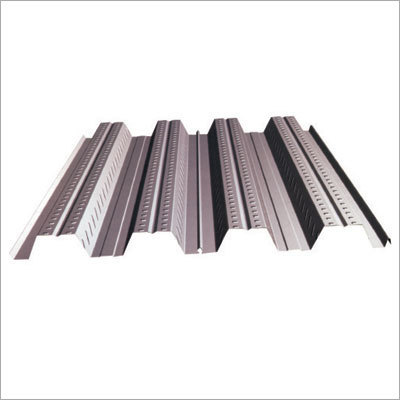OP said:
You may not be familiar with the Cold Formed Steel code, but the equations given considers deck failure modes.
I am certainly
acquainted with the CFS code and have access to it. I'm no where near as
familiar with it as I might like to be with, say, Liv Tyler. If you quote the specific clauses and equations that you've been referring to, I'd be happy to take a look. My suspicion is that critical deck failure modes like cross flute shear buckling are not included in the AISI weld checks.
OP said:
Would you consider the shear stress in 36" deep beam that is welded at the bottom of its web with a 2 inch shear tab to only be concentrated in the bottom 2" of web?
Of course. Right beside the tab that's what the shear stress would be and that's how one would design the welds. Regardless, this argument neglects a fundamental difference that exists between diaphragms and the wide flange beams that we're so fond of comparing them to.
The "web" of a diaphragm in wood or bare steel deck is assumed to be a
shear panel for analysis. That means that our deck elements are assumed capable of transmitting in plane shear and
no other in plane forces. They can't transfer tension, compression, or in plane bending. Obviously, these assumptions are more true for some situations (cross flute tension) than they are for others (along flute compression).
The web of a steel beam
is capable -- very capable -- of transmitting in plane forces other than shear. This is why it is analytically appropriate for there to be such a thing as a partial depth web stiffener at a concentrated load. If the web of a wide flange beam were actually made of a shear panel material like corrugated deck, it would clearly be quite inappropriate to have a partial depth stiffener. And so it is with big old roof decks.
OP said:
The numbers I gave were obviously for demonstrational purposes.
That wasn't obvious to me. The 500 plf seemed fairly consistent with the 1000 lb/weld that you quoted earlier. I've only got time to use what you give me.
OP said:
Again, why would Vulcraft refer you to AISI welded deck shear connection formulas if the correct answer is to use the diaphragm shear values.
I get where you're coming from but do you really want to hang your hat on your interpretation of a vague statement in a non-code document? Looked at conversely, if the AISI equations can be used for drag struts, why would't we also use them for the support cases where shear exist? Clearly, something about the discrepancy seemed fishy to you or this thread wouldn't exist. In my opinion, your innate structural intuition has steered you in the right direction here.
Vulcraft said:
Fastening can be clustered at selected shear collectors but care must be taken not to overstress the diaphragm by funneling all of the horizontal shear into or out of the system at one location. The AISI specification provides the designer with equations for calculating allowable arc spot weld stresses for shear
I agree with Mike's interpretation on this. That, essentially, being: MIN(weld capacity, deck capacity).
I like to debate structural engineering theory -- a lot. If I challenge you on something, know that I'm doing so because I respect your opinion enough to either change it or adopt it.



